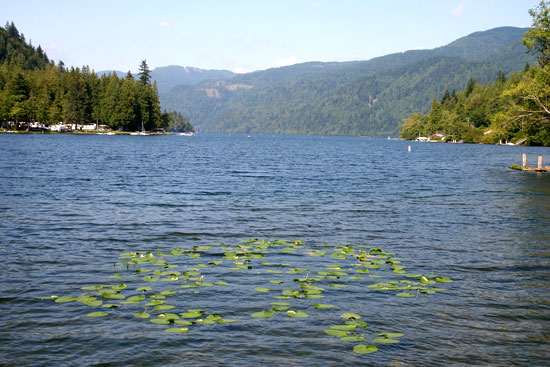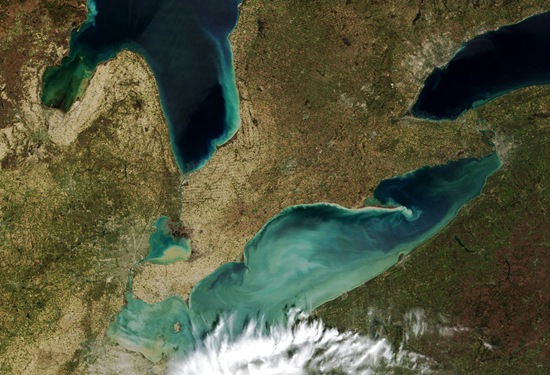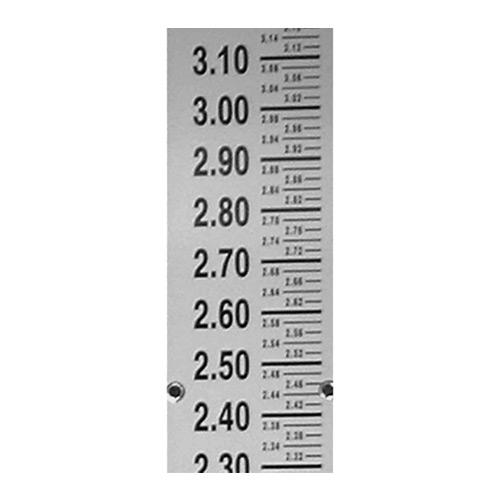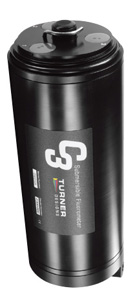Product Spotlight: In-Situ RDO PRO Optical Dissolved Oxygen Sensor
0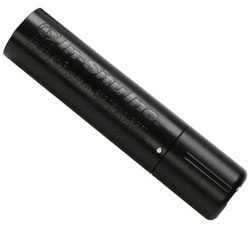 The In-Situ RDO PRO Optical Dissolved Oxygen Sensor provides long-term, accurate measurements of dissolved oxygen in demanding environments. Constructed with inert material and pressure-rated to 500 PSI, it is an ideal solution for highly saline or deep water environments.
The In-Situ RDO PRO Optical Dissolved Oxygen Sensor provides long-term, accurate measurements of dissolved oxygen in demanding environments. Constructed with inert material and pressure-rated to 500 PSI, it is an ideal solution for highly saline or deep water environments.
Depletion of oxygen is the most common cause of fish deaths, which often occur in the summer months because there is a higher demand for oxygen and warm water holds less DO than cool water. Alternatively, super-saturation of oxygen may also be harmful to organisms, as fish can suffer from “gas bubble disease.”
For these reasons, monitoring and maintaining proper levels of dissolved oxygen are extremely important for aquatic health. The RDO PRO offers a fast, low-risk, efficient response to oxygen and temperature changes through real-time reporting.
The RDO PRO measures dissolved oxygen using dynamic luminescence quenching technology, which offers many advantages over Clark-type, membrane-based DO sensors, including stir independence and insensitivity to interferences such as hydrogen sulfide, chloride, and ammonium.
The measurement output of the RDO remains stable for up to 12 months with minimal maintenance required. The need for calibration is also limited, as the sensor cap comes with calibration coefficients to reduce setup errors. The cap only needs to be replaced annually, instead of bi-monthly membrane replacements.
The RDO PRO features a twist-lock cable connection with durable polyurethane-jacketed cable. Sensor cabling can easily be extended using a special cable twist-lock extender, and custom lengths are available up to 4,000 feet.
The sensor includes built-in Modbus, RS-485, and SDI-12 outputs for interfacing with NexSens iSIC and SDL data loggers. Sensor cables can be factory-connectorized with NexSens underwater connectors for integration along a T-Node temperature string or directly to a submersible data logger sensor port.
To learn more, call Fondriest Environmental at (888) 426.2151, email customercare@fondriest.com, or visit http://www.fondriest.com/products/in-situ_0089760.htm.




